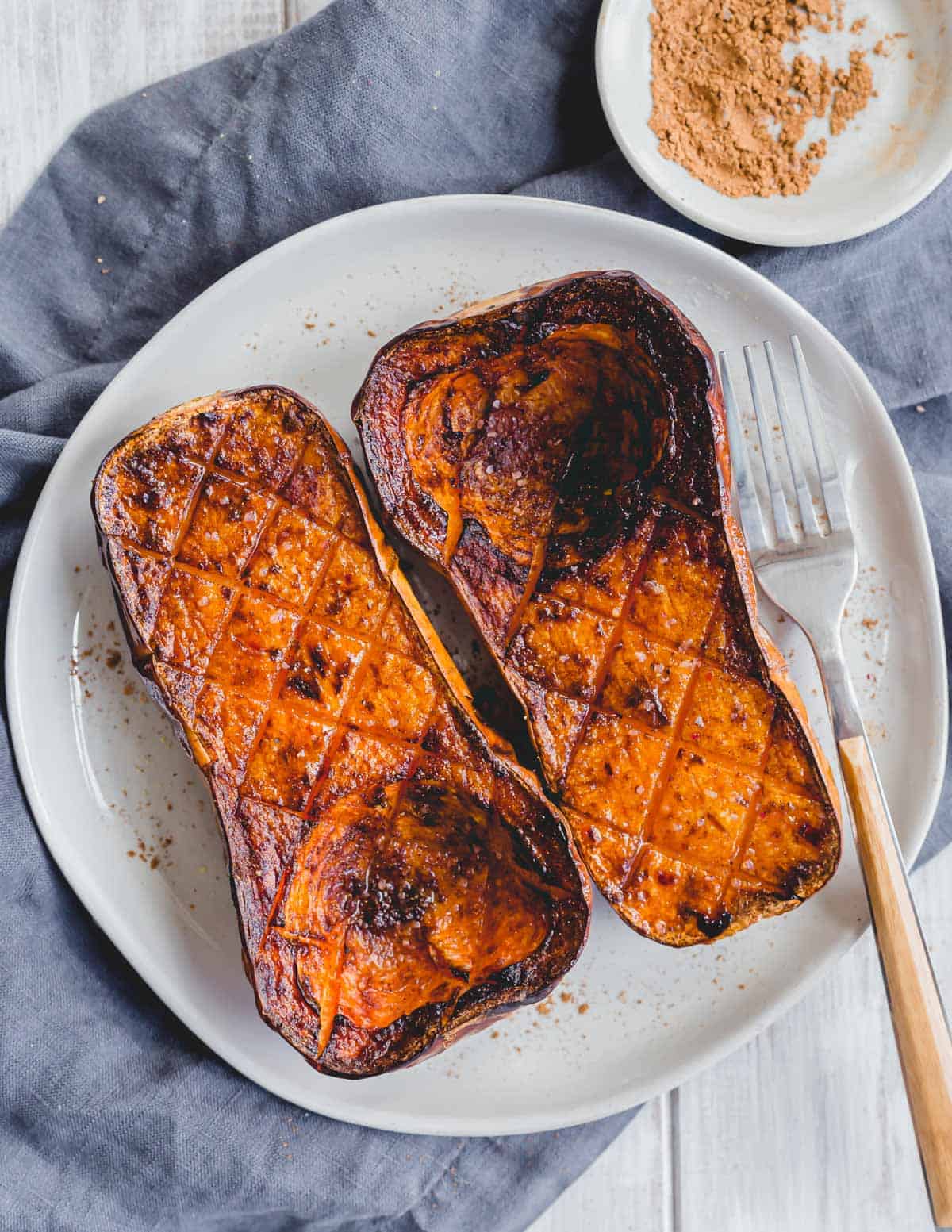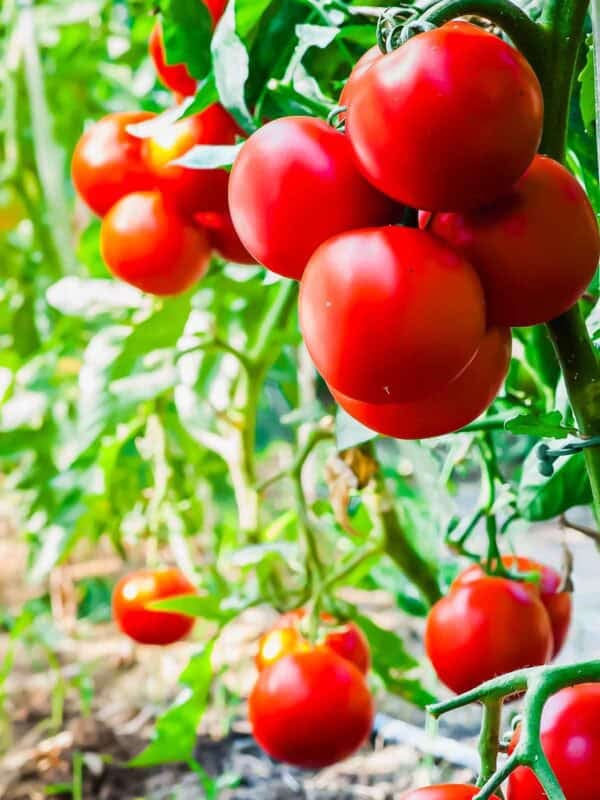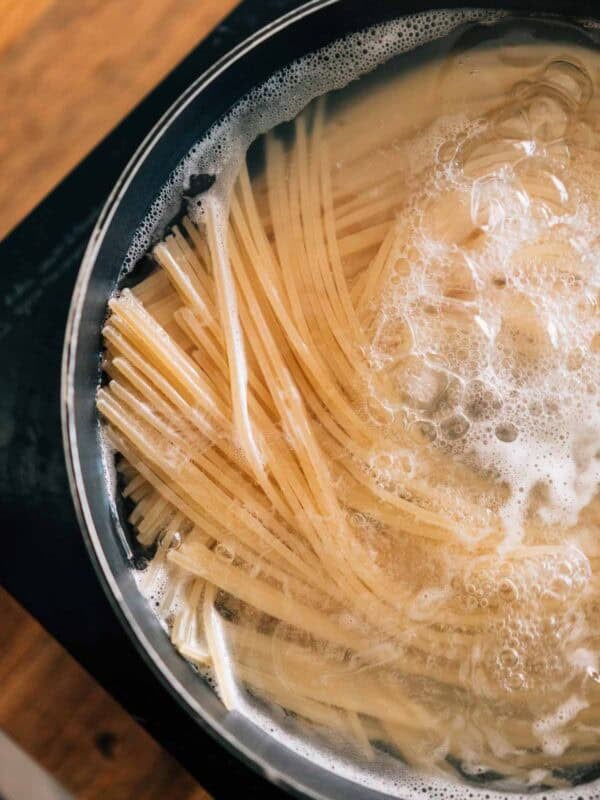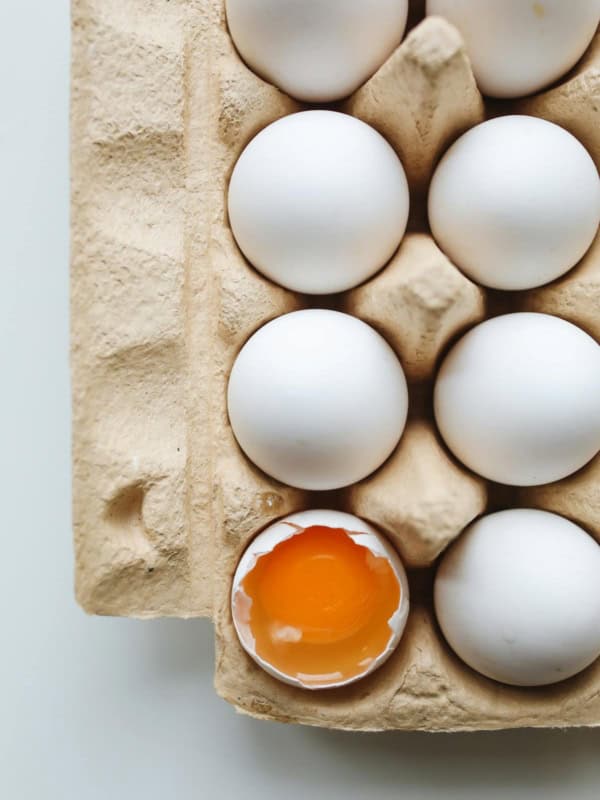When you have more butternut squash than you can use, freezing is a great way to store it for later. Instead of letting it spoil, freezing keeps its flavor and texture intact, so you can enjoy it in soups, casseroles or roasted dishes anytime. Here’s how to properly freeze butternut squash to make sure you have it on hand for recipes throughout the year.

The Best Methods For Freezing Butternut Squash
There are two key methods to freeze butternut squash, depending on whether you prefer to freeze it raw or cooked. Both options will help you preserve your squash for long after the winter squash season in the fall.
Method 1: Freezing raw butternut squash
Freezing raw butternut squash is a straightforward process that works well if you want to use it in dishes like soups, stews or roasted vegetables. It is often the preferred method as it is quick and efficient.
Step 1: Clean the squash under cold water to remove any dirt.
Step 2: Peel and cut the squash into cubes or slices, depending on your preference. Smaller cubes work best for quicker cooking while slices are great for roasting.
Step 3: Dry the squash pieces completely, using a paper towel or kitchen towel to remove excess moisture.
Step 4: Place the dried pieces on a baking sheet in a single layer and freeze them for a few hours until solid. This prevents them from sticking together later.
Step 5: Once frozen, transfer the pieces into freezer-safe plastic bags or a silicone option. Remove as much air as possible to avoid freezer burn. Label the bags with the date and store them for up to 12 months. You can also use freezer-safe containers, although I find bags take up less space.

Method 2: Freezing cooked butternut squash
Cooked butternut squash freezes well, too. This is a great option if you plan to use it in purees, soups or casseroles where the texture doesn’t need to remain intact. It’s even great in smoothies and nutritious alternative to pumpkin.
Step 1: Cook the squash by roasting, sauteing, steaming or boiling until tender.
Step 2: Let it cool completely.
Step 3: Puree the squash if you’d like, especially if planning to make a creamy sauce for pasta or an indulgent dip in the future.
Step 4: Divide cooked squash or puree into portions before transferring it into freezer-safe containers or bags.
Step 5: Remove any excess air from the bags, then seal them tightly. Label the containers with the date and store them in the freezer for up to 10 months.
Using Frozen Butternut Squash
The way you use your frozen butternut squash will depend on whether it is frozen raw or cooked. Raw preparations will retain more of their texture than cooked preparations.
Raw butternut squash can be added directly to soups, stews or casseroles without thawing, as the moisture it retains from freezing won’t affect these dishes. It can also be pureed or mashed and served alongside some delicious roast chicken or lamb. However, it’s not suitable for roasting after freezing, as it will become too wet and will steam rather than roast.
“I always keep a bag of frozen butternut squash in my freezer — it doesn’t spoil easily and saves me the hassle of peeling and chopping a fresh squash. It’s perfect for making quick stovetop butternut squash soup. Sometimes I even dump a bag into the slow cooker with some diced apples, dried cranberries and warm spices for an easy, flavorful side dish!”
— Kristin King, Dizzy Busy and Hungry
Cooked butternut squash can be used in recipes like purees, soups or baked goods such as biscuits. Since cooked squash will be softer after freezing, it works best in dishes where texture isn’t as important, like creamy soups, sauces or mashed dishes. Try adding warm spices like cumin or pumpkin spice for added flavor.

Tips For Freezing Butternut Squash
When freezing butternut squash, it’s important to select squash that is firm and free of blemishes. Overripe or damaged squash may become mushy after freezing. To prevent freezer burn, make sure to remove as much air as possible from bags or containers before sealing them. Always label your frozen items with the date to keep track of their freshness.
Final Thoughts
Freezing butternut squash is a practical and easy method for preserving this versatile vegetable, allowing you to enjoy it long after the harvest season. Whether you freeze it raw for soups, stews or casseroles, or cooked for purees and baked goods, properly storing butternut squash ensures it will be ready for a wide variety of dishes. While defrosted raw squash may not be suitable for roasting due to its high moisture content, it works perfectly in recipes where the added moisture won’t affect the outcome.
By taking a little time to prep and freeze your squash, you can make meal planning easier and avoid food waste. If you are looking for a quick addition to a hearty soup, a creamy side dish or a colorful ingredient for baked goods, frozen butternut squash can be a convenient solution. With the right freezing techniques, this wonderful fall vegetable will be available throughout the year.
This article originally appeared on Food Drink Life.

Gen La Rocca
Gen is a professional chef, writer and editor living in Southern California. She is the owner and recipe creator behind Two Cloves Kitchen, a food site featuring contemporary, California-inspired recipes. She has edited over 20 novels, short stories and essays for publication.













